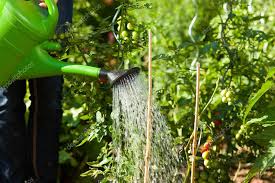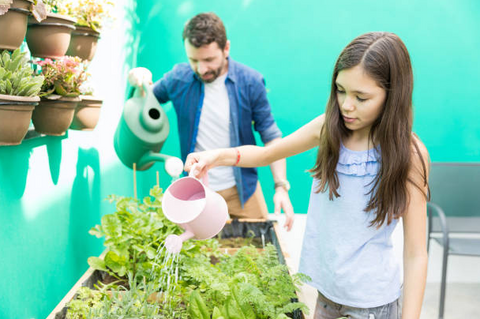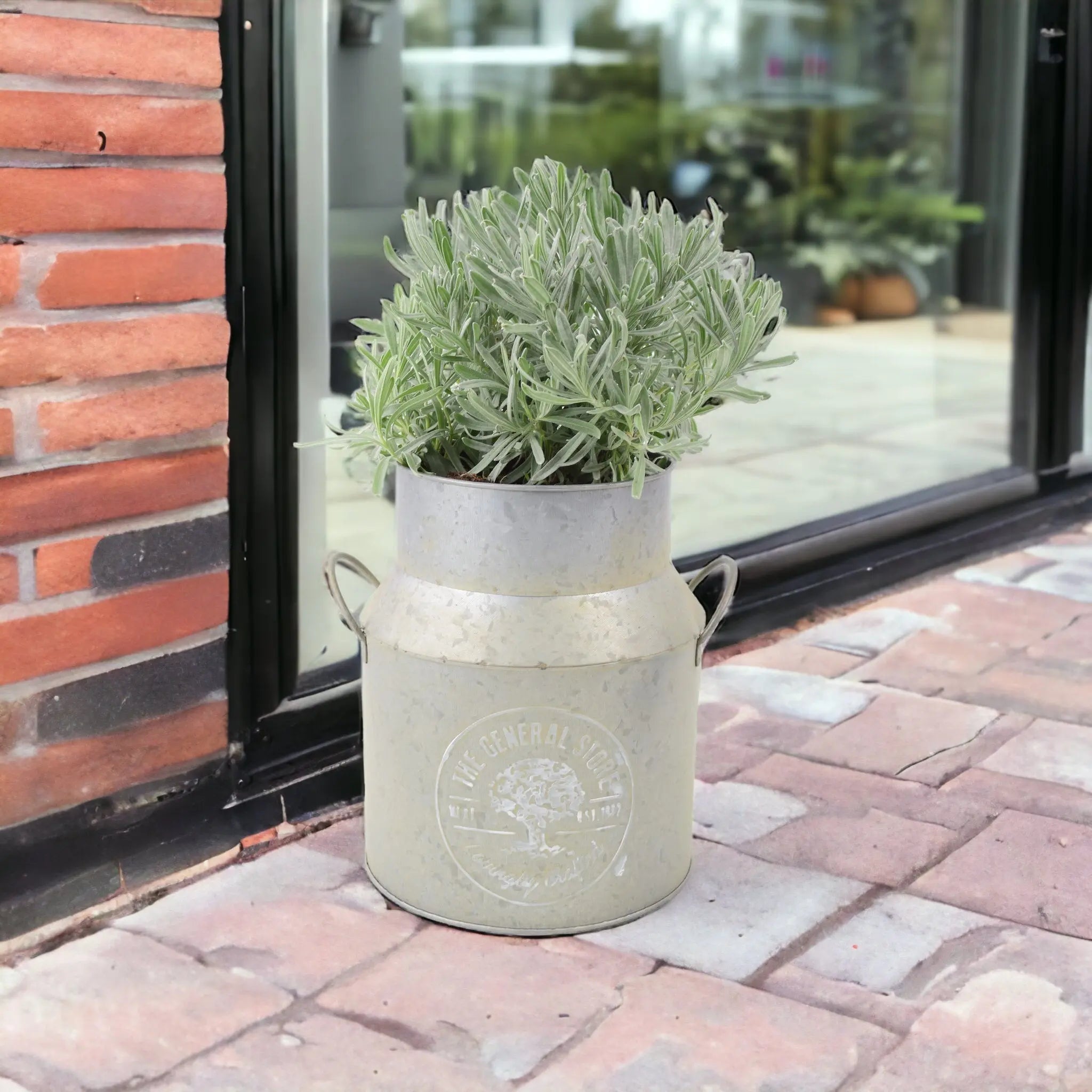Dr Green Fingers: Watering Tips for Indoor and Outdoor Plants

Proper watering is essential for the health and vitality of both indoor and outdoor plants. Whether you're tending to your lush garden or cultivating a thriving indoor oasis, understanding when and how often to water your plants is crucial. In this blog post, Dr Green Fingers shares valuable watering tips for maintaining healthy plants and ensuring their optimal growth.
Tips for watering your plants
Watering Outdoor Plants:
Watering outdoor plants is a fundamental aspect of maintaining a healthy and thriving garden. Proper watering practices are essential for providing plants with the hydration they need to grow, flower, and produce fruits or vegetables. Understanding the watering needs of your outdoor plants, including the frequency and timing of watering, is crucial for their overall health and resilience. By following watering best practices and adapting to environmental conditions, you can ensure that your outdoor plants receive the right amount of water, helping them flourish and thrive in your garden.

Understanding Watering Needs:
Each plant has specific watering requirements based on its species, size, and environmental conditions. Factors such as temperature, humidity, and soil type influence the frequency and quantity of water needed. It's essential to familiarize yourself with the water needs of individual plant varieties in your garden.
Watering Frequency:
To determine the appropriate watering frequency, consider the following guidelines: Newly planted or recently transplanted outdoor plants generally require more frequent watering until their root systems become established. As a general rule, water your outdoor plants deeply once or twice a week rather than shallowly every day. Deep watering encourages deeper root growth, making plants more resilient to drought.
Optimum Watering Times:
Watering during the early morning or late evening is ideal for outdoor plants. These periods offer cooler temperatures and lower evaporation rates, allowing plants to absorb water effectively. Avoid watering during the hottest part of the day to minimize water loss due to evaporation.
Watering Indoor Plants:
Watering indoor plants is a vital component of caring for your indoor greenery and creating a vibrant and inviting indoor oasis. Proper watering ensures that your indoor plants receive the necessary moisture for healthy growth and development. Understanding the unique watering requirements of different indoor plant species, including the frequency and timing of watering, is key to their well-being. By adopting appropriate watering practices and paying attention to individual plant needs, you can provide your indoor plants with optimal hydration, promoting lush foliage and vibrant blooms. With the right watering approach, you can enjoy a thriving indoor garden that brings beauty and serenity to your living spaces.
Assessing Water Needs:

Indoor plants have different water requirements compared to their outdoor counterparts. Factors such as pot size, humidity levels, and light conditions influence their water needs. It's crucial to evaluate each indoor plant's specific requirements.
Watering Frequency:
To determine the appropriate watering frequency for your indoor plants, consider the following factors: - Check the moisture level of the soil by inserting your finger about an inch deep. If the soil feels dry at this depth, it's time to water. Avoid over watering indoor plants, as it can lead to root rot and other moisture-related issues. Allow the top layer of soil to dry out between watering sessions.
Optimum Watering Times:
Indoor plants can be watered at any time of the day, as long as the soil has dried out sufficiently since the previous watering. Take care not to water during the evening or nighttime, as excess moisture can create a damp environment, potentially leading to fungal diseases.
Additional Watering Tips for Both Indoor and Outdoor Plants:
- Use room-temperature water to avoid shocking the plants.
- Direct the water toward the base of the plant, avoiding excessive wetting of foliage.
- Consider using a watering can with a narrow spout or a drip irrigation system for precise and controlled watering.
- Grouping plants with similar water requirements together can simplify the watering process.
- Choose large pots for your plants as they won’t dry out as quickly as small ones.
- Group pots together to make watering easier.
- Monitor plants closely during hot weather or dry periods, as they may require more frequent watering.
Proper watering is crucial for the health and well-being of your indoor and outdoor plants. By understanding the unique watering needs of each plant, determining the appropriate watering frequency, and selecting optimal watering times, you can ensure that your plants thrive and flourish. Remember to assess moisture levels, avoid over watering, and adapt to changing environmental conditions to keep your green companions happy and hydrated.
Note: The information provided in this article serves as general guidelines. It's important to consider the specific requirements of individual plant species and adjust watering practices accordingly.
Related Content




